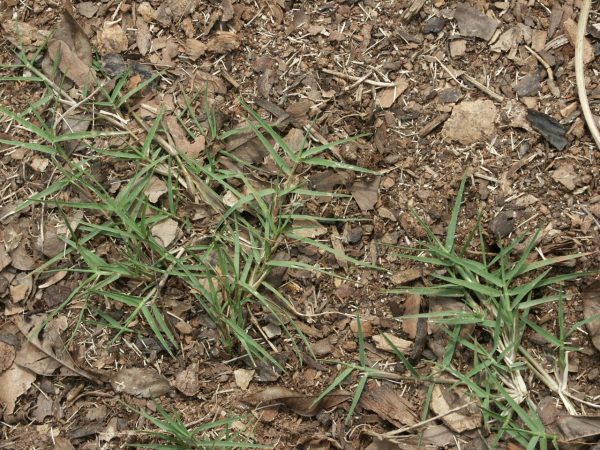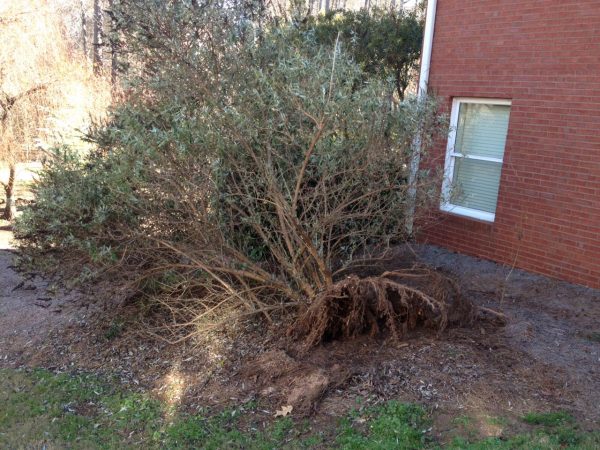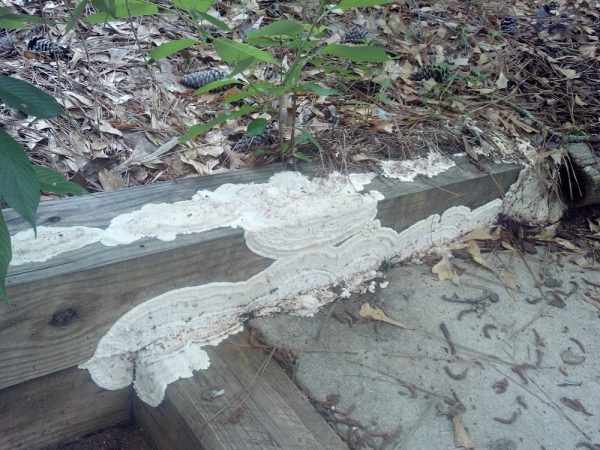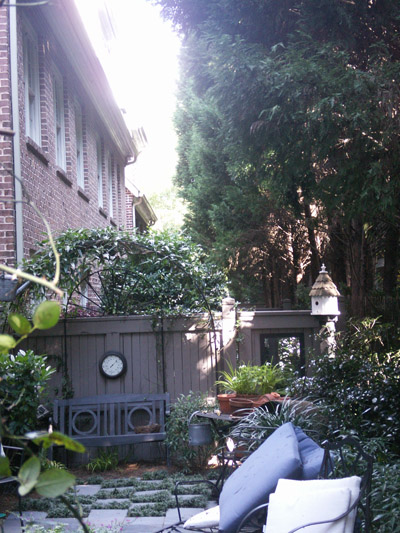Shrub – Transplanting
Back in 2001, we threw a big party to celebrate the end of remodeling our kitchen and sunroom. In honor of the occasion, I invited two people who knew my house “way back when”. Dottie Myers, the award winning landscape designer, and her aunt Shirley actually planted some of the azaleas in my back yard more than twenty years ago. Dottie gasped when she saw the Kwansan cherry that shades my back patio. “It was just a twig when I saw it last” she exclaimed. “I can’t believe it’s grown thirty feet tall!”
This fall, we are embarking on building a screen porch where the patio now exists. The azaleas that Shirley and Dottie planted a long time ago will have to be moved to other beds to make way for the addition. Autumn being the perfect time for moving shrubs and trees, I thought you might like to know how I plan to proceed. With decades of history behind my shrubs, I don’t want to do them any harm.
PREPARE A BED Before I touch the azaleas, I want to make sure they have a happy home waiting for them. To that end, I rented a big rototiller last weekend and chewed up the earth in several prospective bed areas. There were lots of roots and rocks in most spots so I had to stop several times to unwrap roots from the tiller tines and pitch stones into the nearby ivy island.
A day later found me at the local garden center buying bag upon bag of soil conditioner. I knew that a single bag is enough for only eight square feet so I was glad I brought my trailer. I lugged my loot home and spread a two inch layer of amendment on each bed. My shiny red Mantis tiller churned the organic matter into the soil, along with a cup of lime for every ten square feet of bed area. A new home equally fit for horticultural royalty or plain Jane azaleas!!
DIG A PANCAKE, NOT A BALL This coming July weekend is the moment of truth. First, I’ll trim each plant back to a size that allows me to dig close to it without getting twigs in my face. Granted, this will eliminate most of the flowers next spring but I’m willing to sacrifice short-term beauty for long-term health.
With my spading fork, I will explore the soil in a circle two feet out from the main trunk. Rather than chopping through the roots, I’ll gently pull them from the soil where they extend outward. Knowing how the roots are distributed allows me to select a spot where I can slide my flat spade barely four inches under the earth towards the azalea stem. Going around the shrub at equal intervals, I push the spade carefully toward the center. With a mighty heave, I will finally lever up the plant. Now I have a wide “root pancake” with a good bit of soil clinging to the center and roots extending out from it.
If I am lucky, I’ll have a helper nearby. I’ll rock the root system back and forth as they slide a tarp under the works. The two of us will tug the tarp around to the inviting new bed and scrape out a wide, shallow hole for the root pancake. We’ll position the plant over the hole and snatch the tarp out from under it. The tablecloth magicians on Ed Sullivan couldn’t do it better!
BABY THAT BABY My friend Dr. Tim Smalley, who teaches horticulture at the University of Georgia, says that the key to any successful transplant is keeping the roots moist afterwards. Most of the feeder roots will be lost no matter how carefully I dig. They will need at least six months to regenerate after I plant the azalea in its new home. I will soak the azalea bed every couple of weeks during the winter and keep an eye on it next summer when it gets dry. The plants won’t need any fertilizer until late summer next year. Even then, I’ll probably just use a few tablespoons of 10-10-10 on each plant.
By spring, though, my azaleas will be well on their way to full recovery in their new location. I can invite Dottie and Shirley to a summer celebration that year and they can be assured I’ve taken care of their gifts to my garden.
For more information see the University of Georgia’s website on Soil Preparation and Planting Procedures for Ornamental Plants in the Landscape.
















